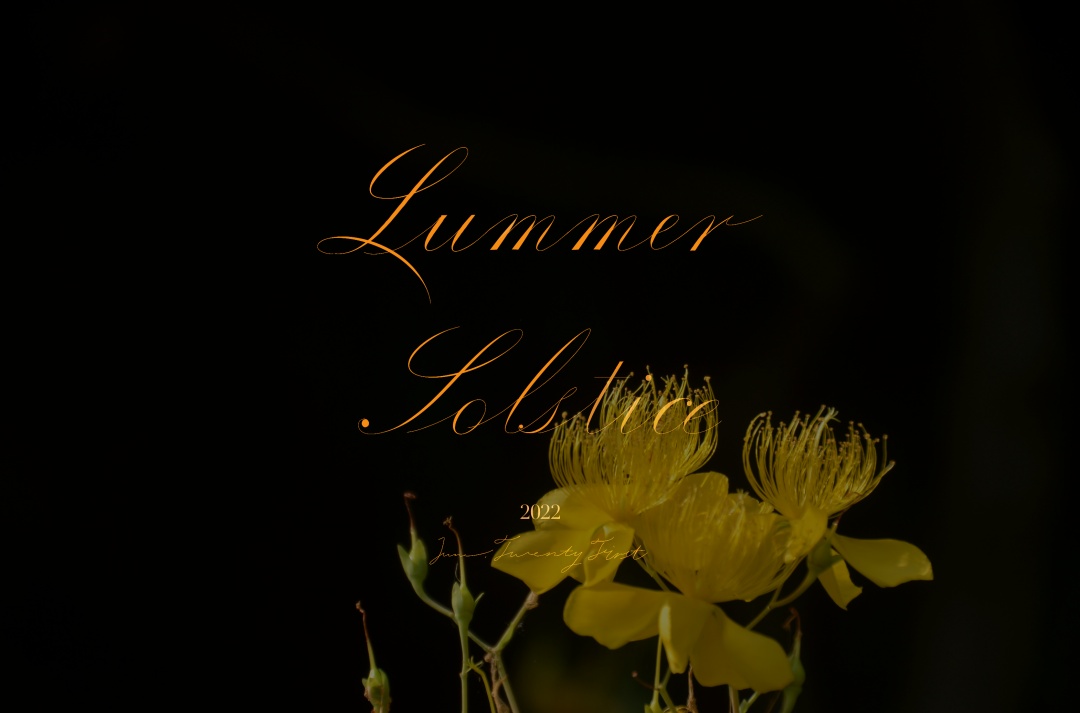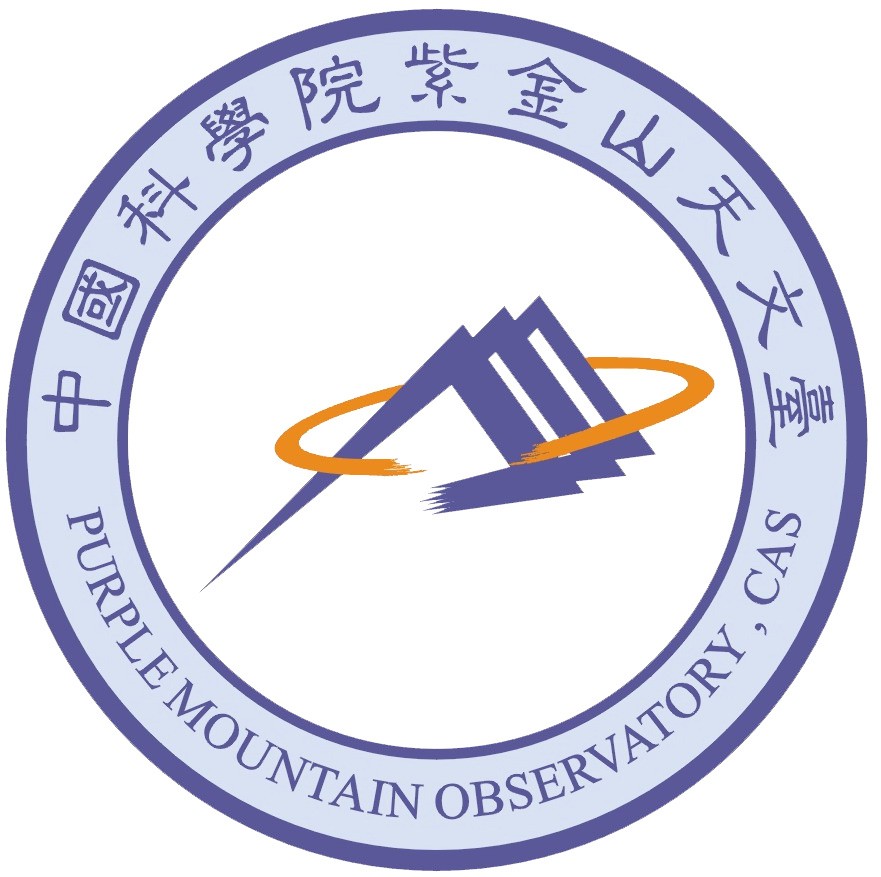“接天莲叶无穷碧,映日荷花别样红。”《中国天文年历》显示,6月21日17时14分迎来2022年“夏至”节气。

天象预报
夏至——小暑
太阳
从金牛座运行至双子座。目前太阳活动性有所增强,太阳正面南北半球都有数群黑子,可通过带减光的望远镜观测。
月亮
7月7日10时14分上弦月,月亮中午升起,傍晚高悬于南方天空。
水星
从金牛座运行至双子座。水星已过西大距,观测条件逐渐变差,日出前出现在东方低空。
金星
在金牛座顺行。日出前在东方低空,肉眼可见,非常明亮。
火星
在双鱼座顺行。6月23日02:16火星合月,南太平洋部分地区可见月掩火星,我国可见残月与火星相伴而升。
木星
从双鱼座顺行至鲸鱼座。6月29日木星西方照,观测条件越来越好,日出时可见于东南方。
土星
在摩羯座逆行。夜晚11点左右升起,后半夜至黎明前都可以观测。

小知识
地球围绕太阳运行的轨道并非正圆形,而是偏心率为0.0167的椭圆,因此日地距离并不固定,远日点比近日点远约500万千米。2022年7月4日15时11分地球通过轨道远日点,日地距离1.0167天文单位,约1亿5210万公里,太阳视直径31′28″,是年度最小的太阳,大约比今年1月4日地球通过近日点时所见的日面视直径小了约3.4%。椭圆的轨道也导致了太阳周年运动是不均匀的,过远日点时最慢,过近日点时最快,各季节的长度也不相等。例如:2021年秋分(9月23日3时21分)到2022年春分(3月20日23时33分)时长是178天20小时12分;2022年春分到2022年秋分(9月23日9时4分)的时长是186天9小时31分。
日地距离的变化并非四季的成因,相反,地球过远日点时,北半球正值炎热的夏季。四季变化主要受黄赤交角的影响,由于黄赤交角的存在,太阳在地球上的直射点在南北纬23°26′之间移动。夏季,北半球的太阳光照射角度高、光照时间长,接收到的辐射能量多,因此炎热。
The Summer Solstice

On June 21st, 17:14 (Beijing time), the longitude of the sun reaches 90 º, which marks the tenth solar term of Year 2022—Summer Solstice. At this time, the Sun is at the northernmost point on the ecliptic and shines vertically towards the Tropic of Cancer. At Summer Solstice, the Northern Hemisphere experiences the longest day and shortest night of the year; however, because of the difference between true solar time and mean solar time, Summer Solstice is not the day on which the Sun rises the earliest or sets the latest.
Astronomical Forecast
Summer Solstice——Minor Heat
⊙The Sun
The sun travels from Taurus to Gemini. Currently, solar activities are increasing. On the front surface of the Sun, several groups of sun spots can be observed on both northern and southern hemisphere through a telescope with a light filter device.
☽The Moon
On July 7th, 10:14, the moon is the first quarter moon. It rises at noon and hangs high in the southern sky at dusk.
☿Mercury
Mercury travels from Taurus to Gemini. It has already passed its greatest western elongation, making it harder to be observed. It appears in the low eastern sky before sunrise.
♀Venus
Venus travels in prograde motion in Taurus. Before sunrise, it appears in the low eastern sky. Extremely bright Venus can be seen with the naked eye.
♂Mars
Mars travels in prograde motion in Pisces. It is at conjunction with the Moon on June 23rd, 02:16. In some areas in the Southern Pacific Ocean, people can see Mars occulting the Moon. In China, the waning moon can be seen rising with Mars.
♃Jupiter
Jupiter travels in prograde motion from Pisces to Cetus. It experiences western quadrature on June 29th and becomes more and more suitable for observation. It can be seen on the south-eastern sky before sunrise.
♄Saturn
Saturn travels in retrograde motion in Capricornus. It rises at 11 pm and can be observed from midnight to dawn.
轮值主编:张旸
制作、编辑:王科超
英文版设计:朱曼清
(金陵中学)ZHU manqing
来源: 紫金山天文台


 科普中国公众号
科普中国公众号
 科普中国微博
科普中国微博

 帮助
帮助
 紫金山天文台
紫金山天文台 
